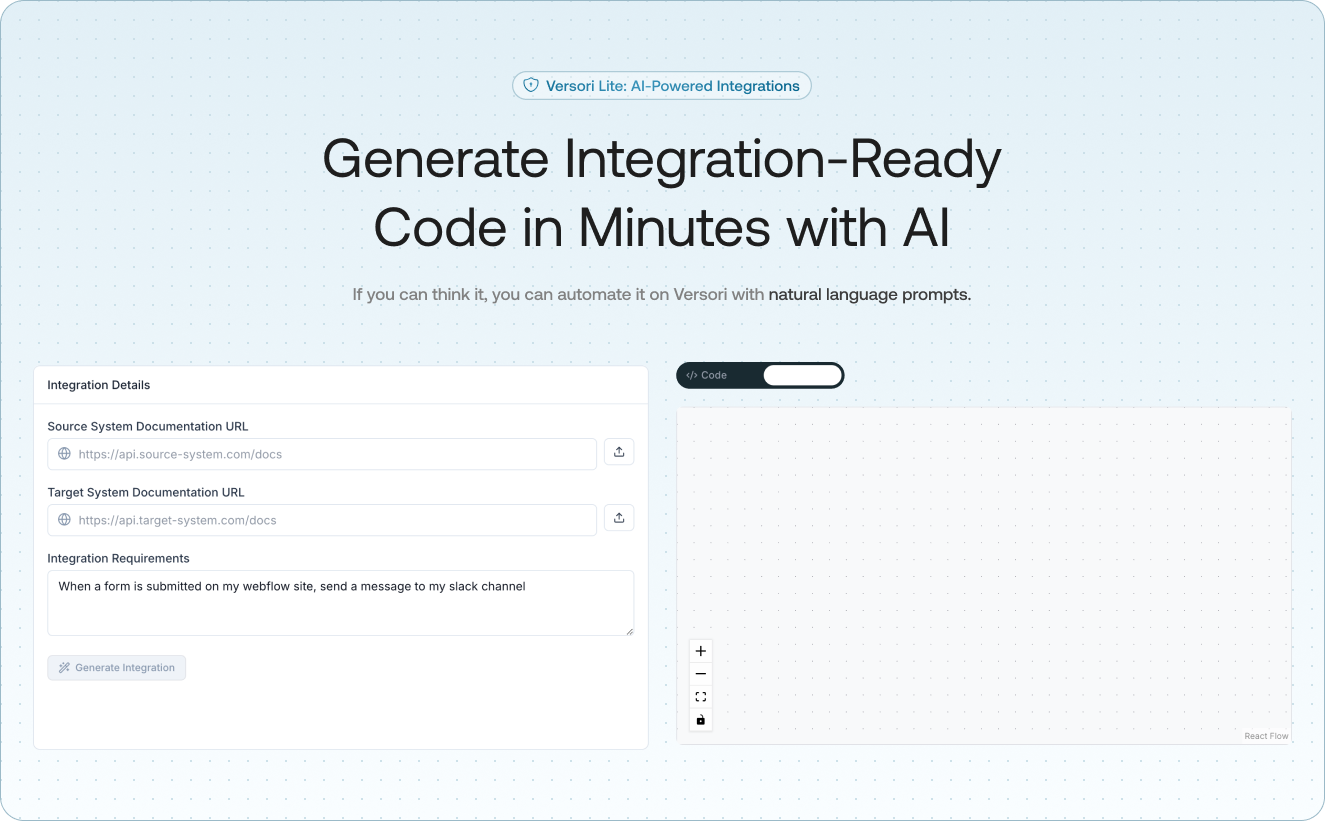Integrations are crucial for SaaS companies, and while the “build vs. buy” debate has long existed, buying pre-built integrations is increasingly preferred due to advantages like faster deployment, cost-effectiveness, scalability, and access to expertise, ultimately driving growth, efficiency, and better ROI.

Integrations are pivotal no matter what stage of the lifecycle your SaaS company is at. The question isn't about how important integrations are, it's about whether building them in-house or buying them from a 3rd party company is favourable.
While the debate between building custom integrations and buying pre-built solutions has long existed, the tide is turning in favour of purchasing integrations as the superior choice for most organisations. As we delve into the world of integrations, it's essential to understand why buying has become the preferred option for businesses across industries. From cost-effectiveness to rapid deployment, the advantages of purchasing integrations are numerous and impactful. Let's explore how this approach can drive growth in ways you might not have imagined.
When it comes to integrations, companies often find themselves at a crossroads: should they build custom integrations in-house or purchase pre-built solutions? This decision can have far-reaching implications for a business's resources, timeline, and overall success. Let's examine the factors that make buying integrations the superior choice for most organisations.
In the fast-paced world of business, time is often of the essence. Building custom integrations from scratch can be a time-consuming process, requiring extensive planning, development, testing, and deployment. This lengthy timeline can delay critical business initiatives and put you at a competitive disadvantage.
On the other hand, buying pre-built integrations allows for rapid implementation. These solutions are designed to be plug-and-play, significantly reducing the time it takes to get your systems connected and working in harmony. With bought integrations, you can often have your systems up and running in a matter of days or weeks, rather than the months it might take to develop a custom solution.
While the initial cost of purchasing an integration might seem higher than building one in-house, the long-term financial benefits often outweigh the upfront investment. When you build a custom integration, you're not just paying for the initial development. You're also committing to ongoing maintenance, updates, and troubleshooting – all of which require dedicated resources and can add up quickly over time.
Bought integrations, on the other hand, typically come with support and maintenance included in the price. The provider takes care of updates, bug fixes, and ensuring compatibility with new versions of the connected systems. This predictable cost structure can lead to significant savings in the long run, allowing you to allocate your resources more effectively.
Integration providers specialise in creating robust, efficient connections between various systems. They have extensive experience dealing with different scenarios, edge cases, and potential pitfalls. This expertise is baked into their products, ensuring that you benefit from industry best practices and proven solutions.
When you build in-house, you're limited to the knowledge and experience of your team. While your developers may be talented, they might not have the specific expertise required to create optimal integrations for every system you use. Buying integrations gives you access to specialised knowledge without the need to hire additional experts or invest in extensive training.
As your business grows and evolves, your integration needs will likely change. Bought integrations are designed with scalability in mind, often offering tiered plans that can accommodate increasing data volumes and more complex workflows. They're also typically more flexible, allowing you to add or remove connections as your tech stack changes.
Custom-built integrations, while tailored to your current needs, may struggle to keep up with rapid growth or significant changes in your business processes. Scaling a homegrown solution often requires substantial redevelopment, which can be both time-consuming and costly.
Investing in pre-built integrations can yield a substantial return on investment (ROI) for your business.
Here's how:
By automating data transfer and synchronisation between systems, bought integrations eliminate the need for manual data entry and reduce the risk of errors. This leads to smoother operations, faster processes, and more accurate information across your organisation.
With integrated systems, you gain a comprehensive view of your business data. This holistic perspective enables better-informed decision-making, as you can easily access and analyse information from various sources in real-time.
When systems are properly integrated, employees spend less time on data entry and reconciliation tasks. This frees them up to focus on more value-added activities, boosting overall productivity and job satisfaction.
Integrations can significantly enhance the customer experience by ensuring consistent information across all touchpoints. For example, integrating your CRM with your support ticketing system can provide customer service representatives with a complete view of a customer's history, enabling more personalised and efficient service.
For years, teams have struggled with the decision: build custom integrations or buy off-the-shelf solutions.
With Versori, you don’t have to choose. Our platform supports the entire integration lifecycle — from authentication and data transformation to deployment, monitoring, and maintenance.
But now, we’re taking it a step further.
Introducing a free tool that generates the code for just the integration part:
1. Add the open API specs
2. Describe the integration requirement
3. Review the code and save it to GitHub if you wish...
